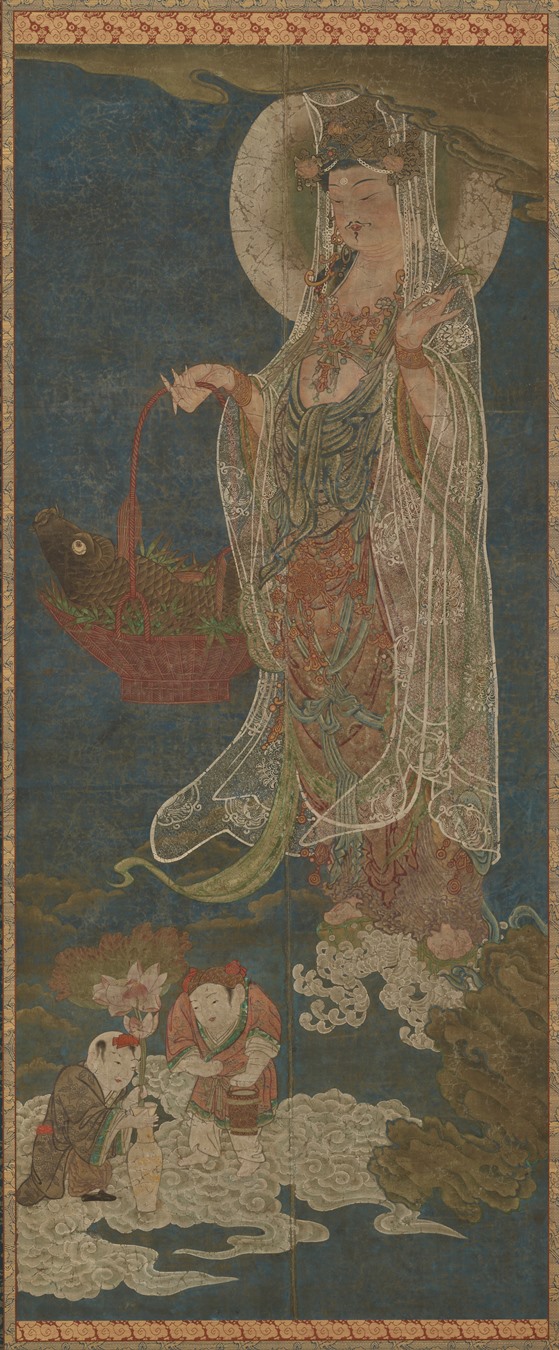Fishes and fish products are in use for medical purpose in many countries across the Indian ocean. Stories about this animal were gathered and written by students. They are all part of a pedagogical project, funded by the National University of Singapore and the Université de Paris. The Bestiary site is a work-in-progress and a participatory educational tool, representing animals whose products or body parts are used to promote health and healing.
The use of fish maw in traditional Chinese medicine (TCM) as well as Chinese cuisine is quite prevalent. Fish maw is derived from the dried air bladders of fish and it is considered a precious Chinese ingredient due to its high nutritional content.
Fish maw is rich in proteins and nutrients like phosphor and calcium. It is believed to nourish ‘yin’ energy – which replenishes the kidney and boosts stamina. It is also believed to be effective in healing weak lungs, conditions like anaemia and so forth. Fish maw also contains a high viscosity gel protein and mucopolysaccharides, both of which are important for preserving skin complexion and invigorating blood circulation.
One of the most prized fish for fish maw is the Totoaba (Totoaba macdonaldi). The craze for its prized maw has resulted in smuggling and illegal trade of the Totoaba fish. For instance, in the beginning of 2018, five cases of illegal totoaba swim bladders worth about 300 million Chinese RMB (approximately 61 million SGD) were seized. The totoaba fish however is not the first victim of the Chinese fish maw trade. The native Chinese bahaba fish (Bahaba taipingensis) located in the waters of South Eastern China, known as “golden maw”, had become overfished due to its similarly prized properties. Its dwindling population has resulted in its addition to the IUCN list as a species critically endangered. With the population of bahaba reducing, fish maw traders turned to the totoaba, which has also now been listed as critically endangered due to overfishing.
While not directly attributed to the fish maw, fish in general are potential zoonoses carriers. The main zoonotic diseases that are associated with fish are bacterial infections (Taylor et al., 2004; Kluzik and Woodofrd, 2016). These infections include Mycobacterium, Erysipelothrix, Campylobacter, Aeromonas, Vibrio, Edwardsiella, Escherichia, Salmonella, Klebsiella and Streptococcus iniae (Kluzik and Woodford, 2016). These infections are particularly dangerous as they do not make the fish appear ill, but result in serious illnesses in humans. For individuals with chronic illnesses, immunodeficiency and pregnancy, the risk of developing an illness or complications from zoonotic diseases are higher (Kluzik and Woodford, 2016). The fish maw trade, particularly those that are illegal, could pose a threat due to possible spread of fish zoonoses. Improper handling or storage of fish or fish maw products for example would be the main culprit resulting in the spread of bacterial infections.
While fish maw is coveted for its medicinal properties and plethora of benefits for humans, it can be a zoonoses carrier, and poses threats of bacterial infections or allergies that could be exacerbated by more vulnerable humans.




